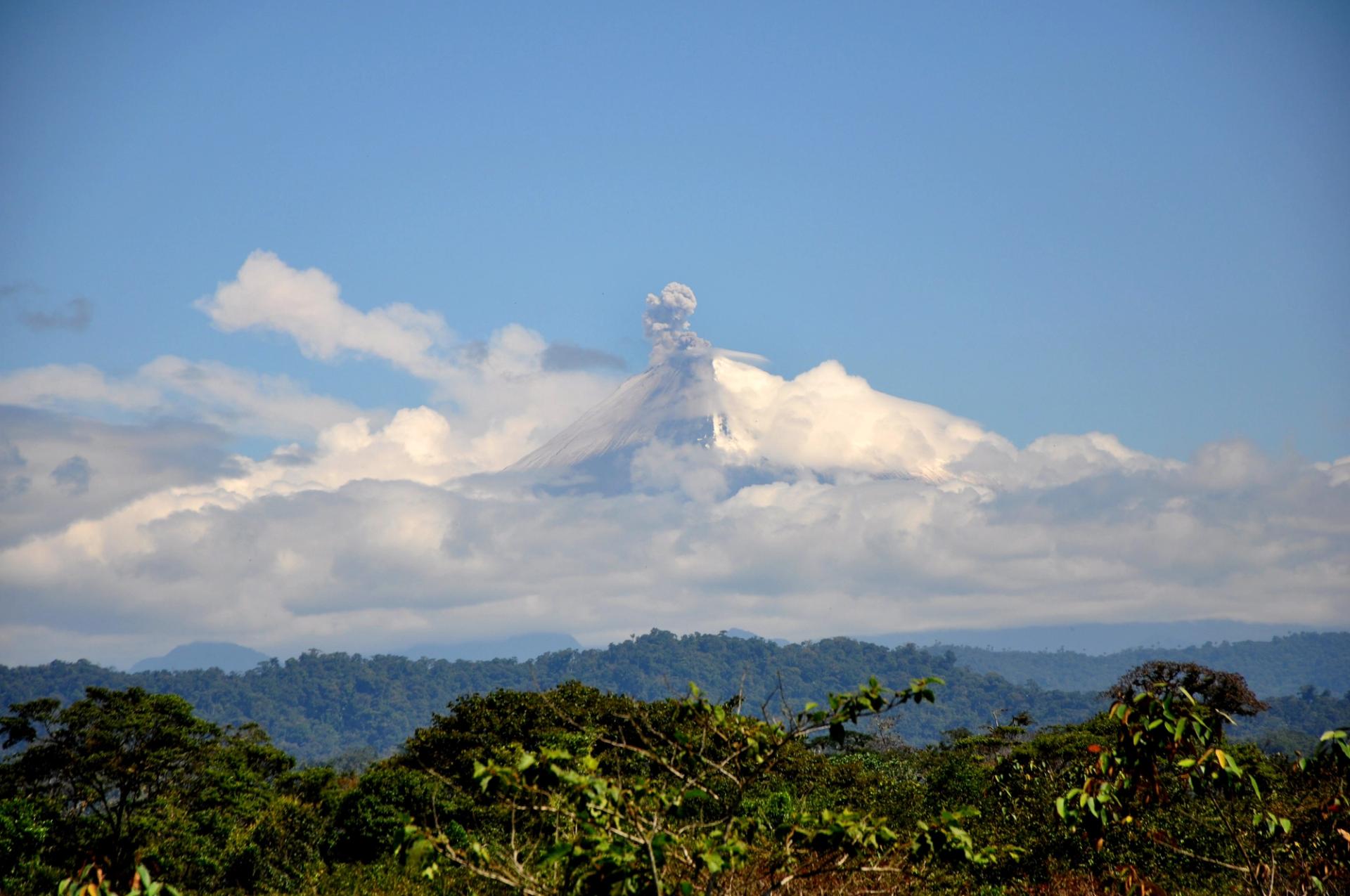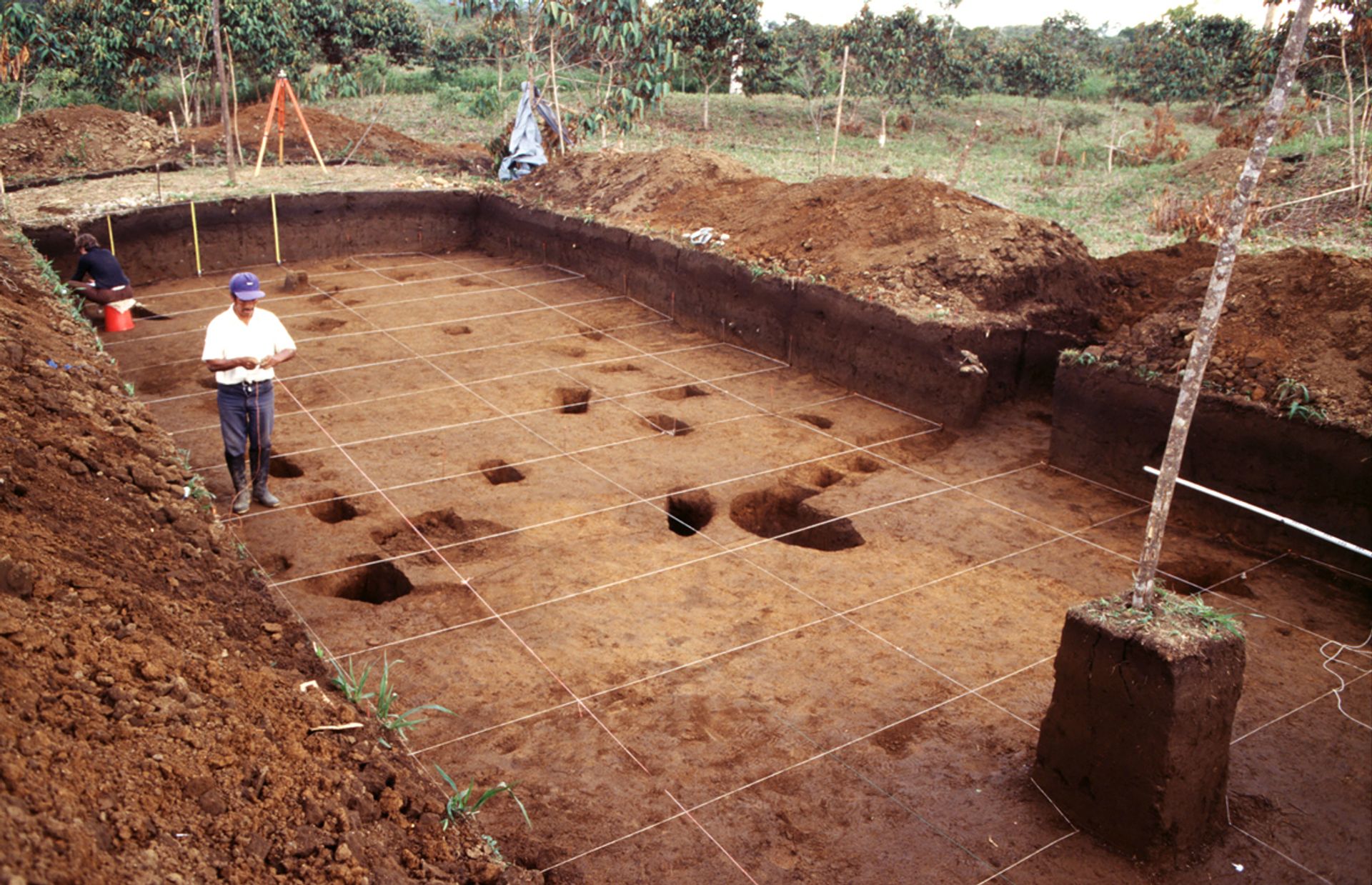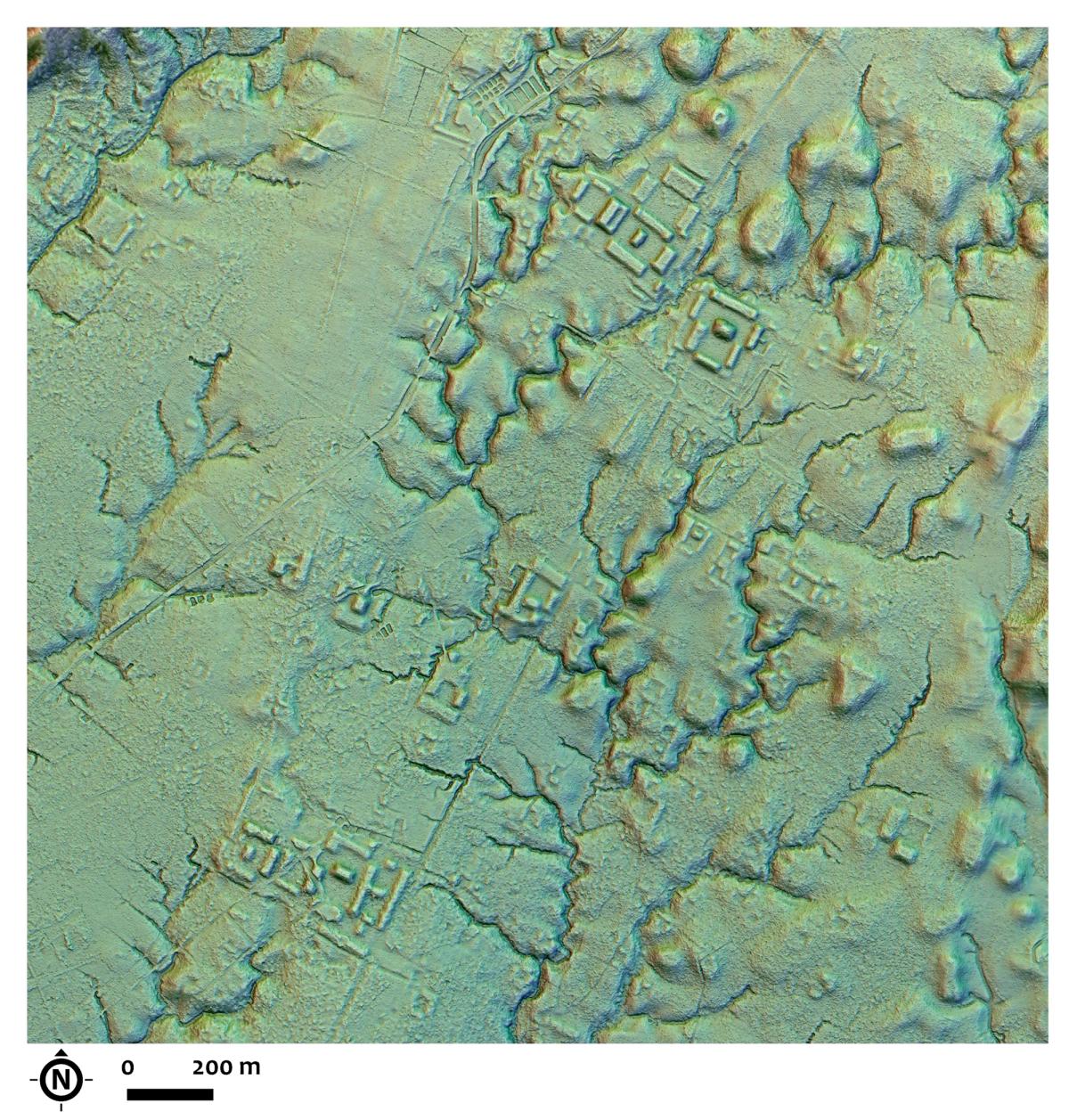A network of roads, cities and gardens hidden beneath the ancient Amazon rainforest in Ecuador’s Upano Valley has been discovered by archaeologists using the sophisticated mapping technology known as Lidar. The ancient society is thought to be more than 1,000 years older than similar complex civilisations previously found in the region. Findings linked to the settlements—which were built and occupied by the Upano people from about 500 BC to between 300 AD and 600 AD—are outlined in the journal Science (published 11 January).
"Fieldwork and light detection and ranging [Lidar mapping] analysis have revealed an anthropised landscape with clusters of monumental platforms, plazas, and streets following a specific pattern intertwined with extensive agricultural drainages and terraces as well as wide straight roads running over great distances,” the Science article says.

Mounds at Nijiamanch, Upano Valley
Courtesy: Stephen Rostain
Lidar, a remote sensing method that uses laser pulses to determine the distance to objects and sites, enabled the archaeologists to detect structures below the tree canopies.
“The lidar gave us an overview of the region and we could appreciate greatly the size of the sites,” Stéphen Rostain, an archaeologist and director of research at France’s National Centre for Scientific Research (CNRS), told CNN. Rostain, who has been working in the Upano valley for the past 30 years, added that the mapping technology revealed a “complete web” of dug roads.

Excavation at Kilamope
Courtesy: Stephen Rostain
“The most notable landscape feature is the complex road system extending over tens of kilometres, connecting the different urban centres,” according to Science. Rostain’s team also uncovered painted pottery and large jugs holding the remains of the traditional maize beer chica at two large settlements called Sangay and Kilamope.
Lidar light technology has been used before by archaeologists exploring the Amazon. In early 2022 a team of experts from the German Institute of Archaeology, the University of Bonn, the University of Exeter and Bolivia's Ministry of Planning published findings in the journal Nature about 26 interconnected sites in the Bolivian Amazon region. The team also used the technology to produce a detailed model of the sites, which were populated by the Casarabe culture around 500 AD to 1400 AD.


